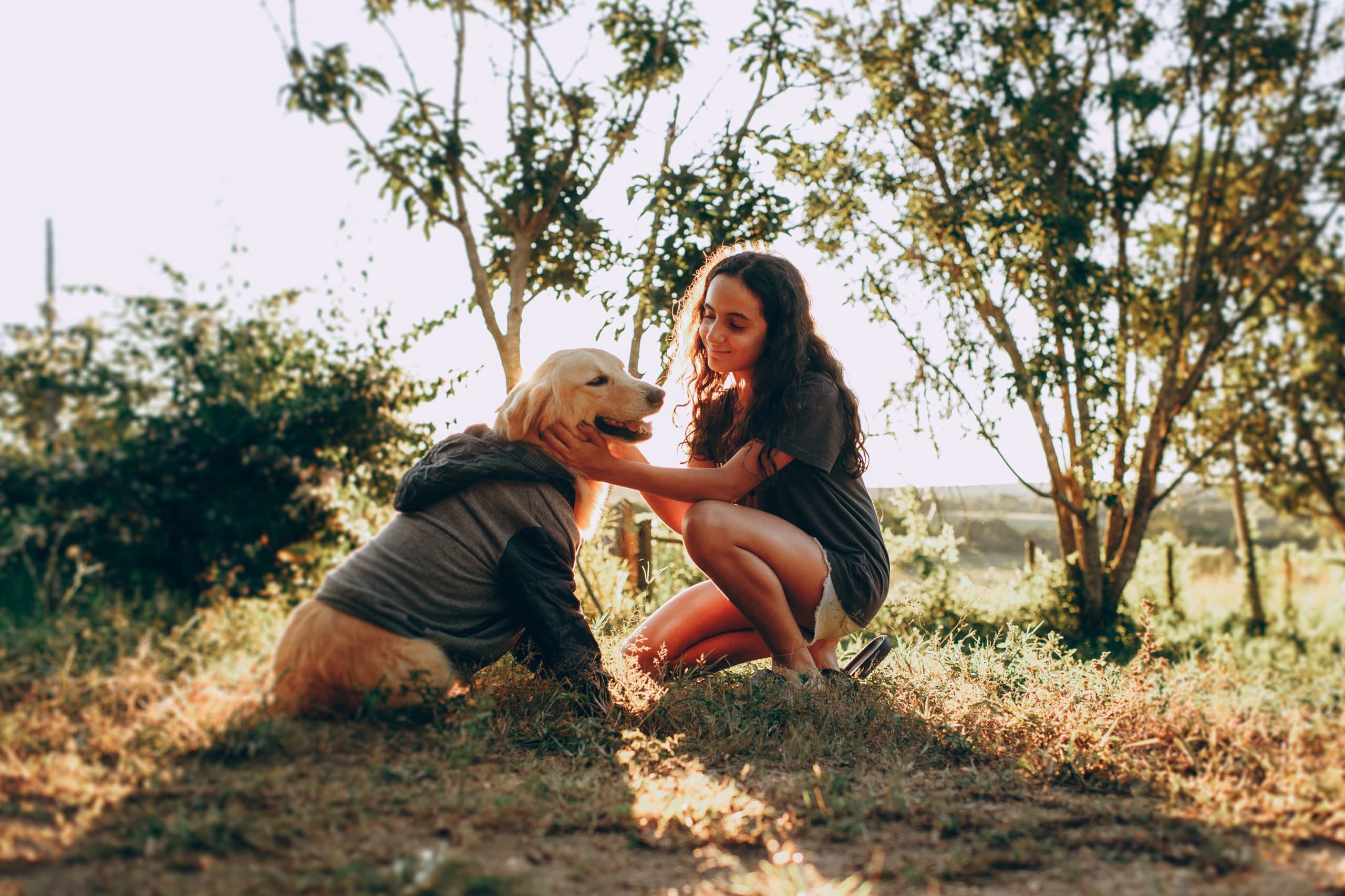As a new dog owner, you have a big responsibility. It’s your job to make sure that your dog is safe at home. Safety is key to your dog’s well-being and your peace of mind. As much fun as dogs can be to have around, they can also be unpredictable and often get themselves into trouble. It’s up to you make sure they don’t hurt themselves.
This often starts with making some changes around the house. Your house is likely not set up for a dog to live without it facing some safety challenges. Make sure to prepare the house for a small puppy or even a large dog before you bring him home. In this article, we will go over some of the ways you need to keep your dog safe at home.
1 – Modifying The Outdoors
When it comes to creating a safe outdoor environment for your dog, one key aspect is to make sure they have a secure area to play and exercise without any risks. A great way to achieve this is by installing a fence so they can’t leave the yard.
Traditional fences can be costly and may not be allowed due to housing regulations or aesthetics. This is where a wireless dog fence can come to your rescue. For instance, a product like the Colorado Pet Fence offers a solution that’s both effective and less intrusive.
The garden itself can also pose a problem. If there are plants that are toxic to dogs then they will need to be removed. Many common garden plants, including some flowers and vegetables, can be toxic to dogs.
2 – Dog Proof The House

Dogs, by nature, are curious creatures. They love to explore their surroundings, sniff around, and sometimes, they can get into things they shouldn’t. That’s why it’s essential to dog-proof your home.
Start by taking a good look around each room from your dog’s perspective. Get down to their level and check for things that might be risky. This could be small objects that a dog might swallow, sharp objects that could cause injuries, or cords that they might chew.
Also, be aware of harmful substances. Many cleaning products, medications, and even certain plants can be dangerous to dogs if ingested. Make sure these are stored in closed cabinets that your dog cannot access.
3 – Have An Emergency Plan
When it comes to natural disasters like floods, fires, or hurricanes, have a plan that includes your dog. Know where you’ll go and how you’ll transport your dog safely. Keep a pet emergency kit ready, which should include basic supplies like food, water, a leash, and any necessary medication. Also, make sure your dog is microchipped or has an ID tag, so they can be easily identified if you get separated.
Accidents can happen even in the safest of homes. In case of accidents like falls, wounds, or ingestion of harmful substances, it’s a good idea to have a basic understanding of first aid for dogs. You can find many resources online or consider attending a pet first aid course. Keeping a pet first aid kit in your home is also a good idea.
Hey welcome to my blog . I am a modern women who love to share any tips on lifestyle, health, travel. Hope you join me in this journey!

Speak Your Mind